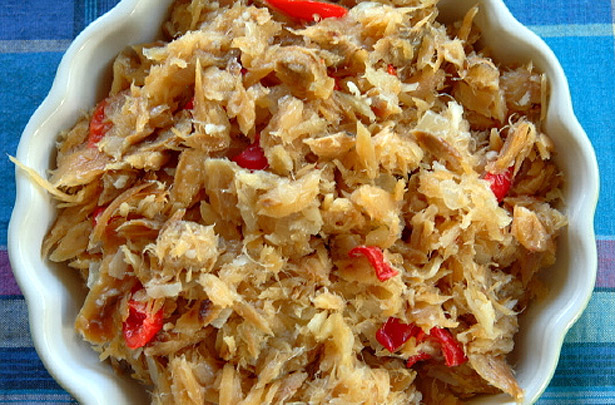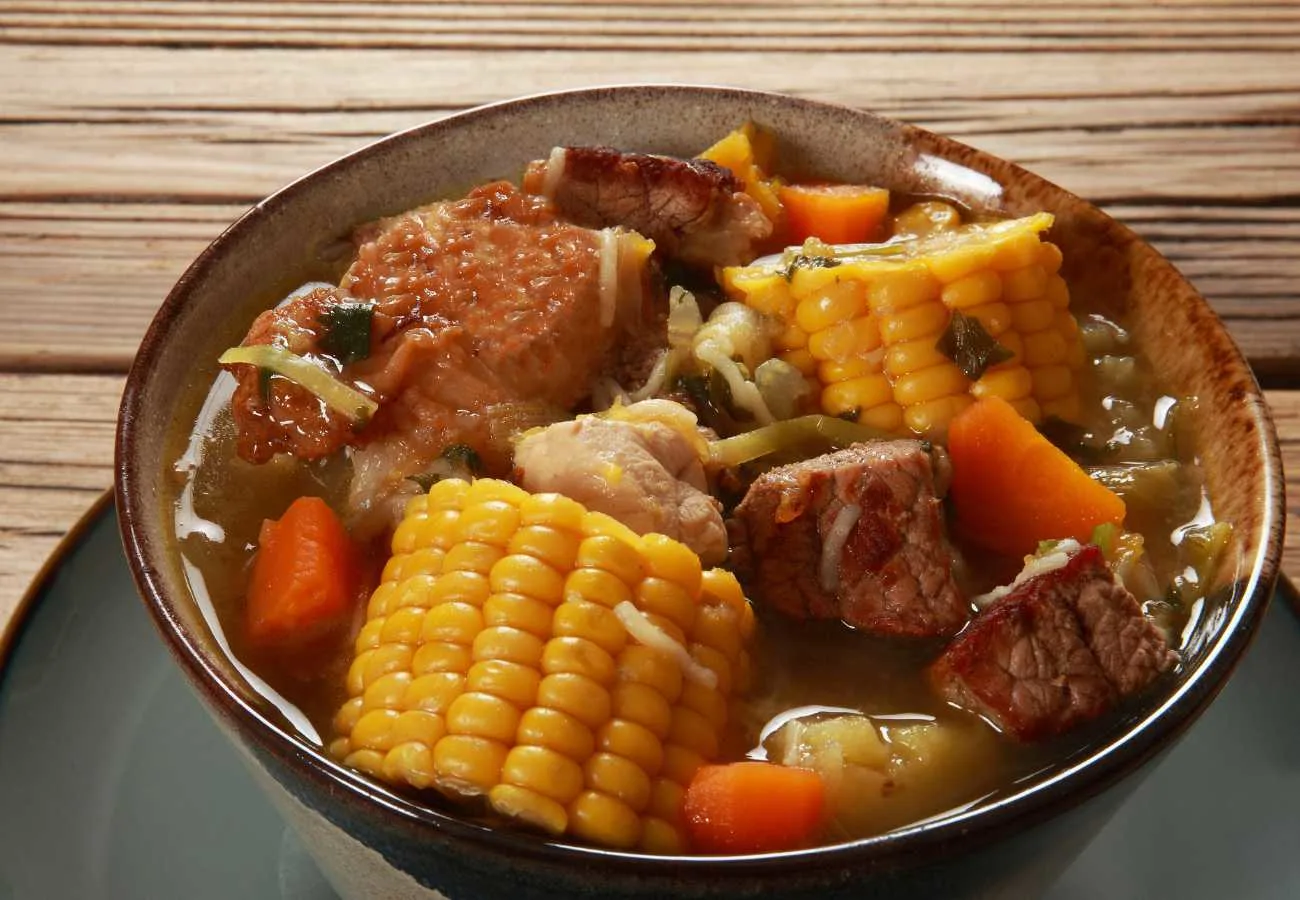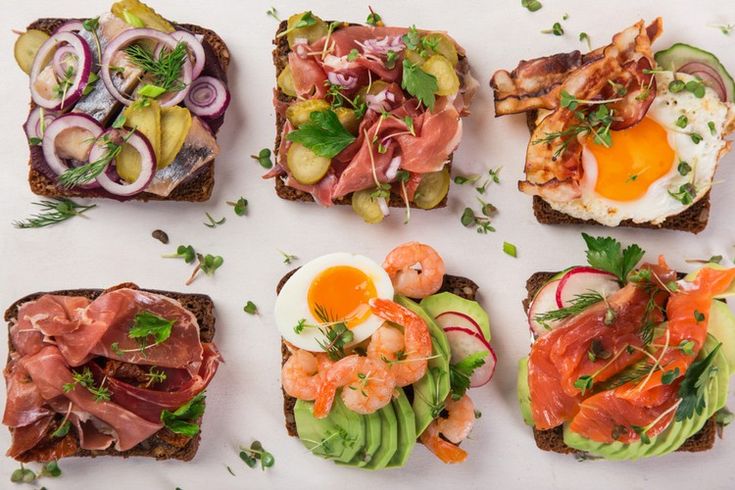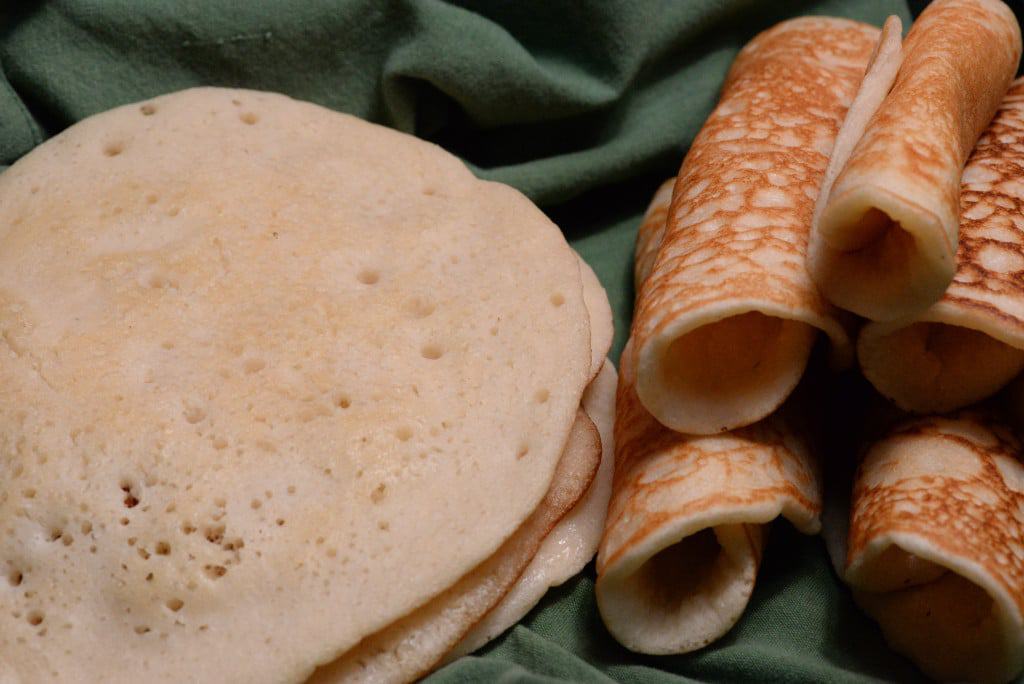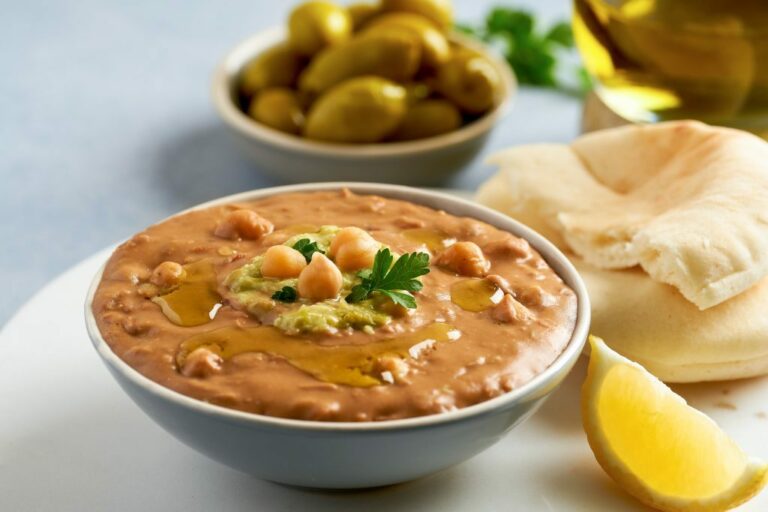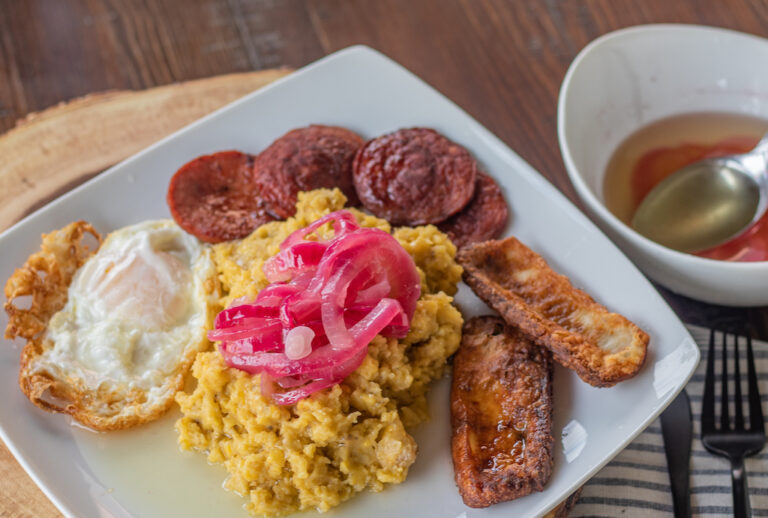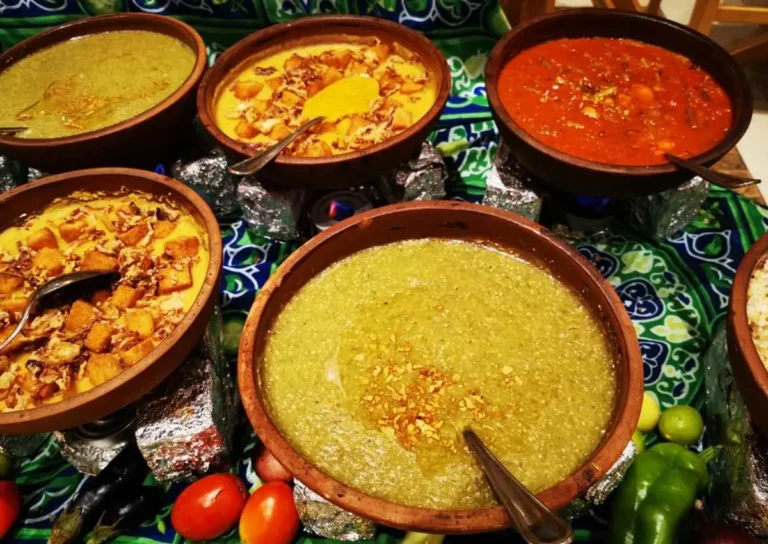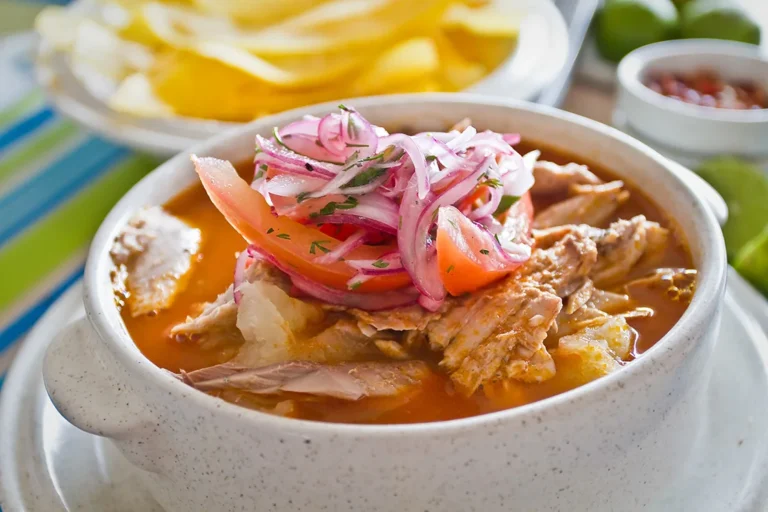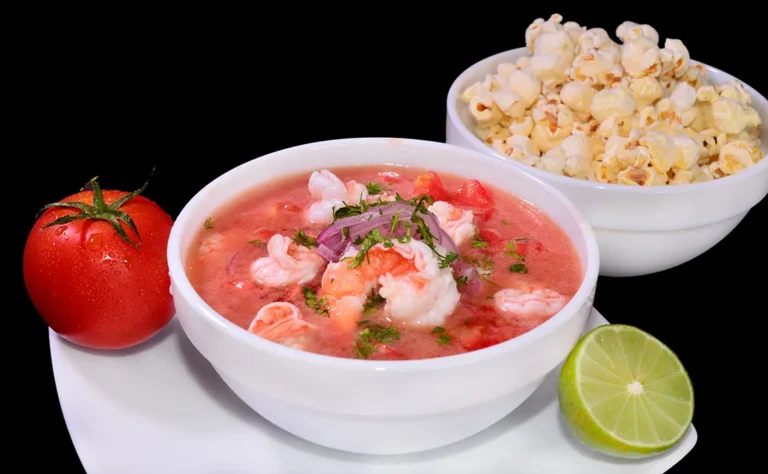Introduction: The Tropical Flavors of Dominican Cuisine
Dominican cuisine is a fusion of Spanish, African, and indigenous Taíno influences. One of the most distinctive features of Dominican cuisine is the use of tropical fruits. These fruits add a burst of flavor to dishes and are a reflection of the country’s tropical climate. From plantains to mangoes to coconuts, tropical fruits are an essential part of Dominican cuisine.
A Brief History of Tropical Fruits in Dominican Republic
Tropical fruits have been a part of the Dominican diet since before Columbus arrived in 1492. The Taíno people, the island’s indigenous inhabitants, used tropical fruits extensively in their cuisine. After the Spanish conquest, African slaves introduced new fruits, such as the plantain, into the Dominican diet. Today, the country is known for its diverse array of tropical fruits, many of which are still grown locally.
The Role of Fruits in Dominican Cuisine
Fruits play a vital role in Dominican cuisine and are used in both savory and sweet dishes. For example, plantains are used to make tostones (fried plantains) and mangu (mashed plantains). Mangoes and pineapples are often used in salads, while guava and passionfruit are used in desserts. Fruits are also used to add flavor to stews and sauces, such as the popular sancocho soup.
The Most Common Tropical Fruits Used in Dominican Cooking
Some of the most common tropical fruits used in Dominican cuisine include plantains, mangoes, pineapples, papayas, coconuts, guavas, passionfruit, and sour oranges. Each fruit has its own unique flavor and is used in different ways, from marinating meats to making smoothies.
How to Incorporate Tropical Fruits into Your Dominican Dishes
Incorporating tropical fruits into your Dominican dishes is easy and can add a fresh twist to traditional recipes. For example, add diced pineapple to rice and beans or make a mango salsa to serve with grilled meat. You can also use tropical fruits to make refreshing drinks, such as coconut water or passionfruit juice.
The Health Benefits of Tropical Fruits in Dominican Cuisine
Tropical fruits are not only delicious but also packed with nutrients. For example, papayas contain vitamin C and folate, while mangoes are high in vitamin A and fiber. Coconuts are a great source of healthy fats and electrolytes, making them an excellent option for rehydration.
The Challenges of Growing and Importing Tropical Fruits in Dominican Republic
Despite the abundance of tropical fruits in the Dominican Republic, there are still challenges to growing and importing them. Climate change and natural disasters can affect fruit production, making it difficult for farmers to earn a living. Importing fruits is also costly due to transportation and storage expenses.
Conclusion: Celebrating the Richness of Dominican Cuisine through Tropical Fruits
Tropical fruits are an essential part of Dominican cuisine, adding flavor, texture, and nutrients to dishes. From sweet to savory, fruits are used in countless ways in Dominican cooking. By incorporating tropical fruits into your cooking, you can celebrate the richness of Dominican cuisine and enjoy the health benefits of these delicious fruits.


